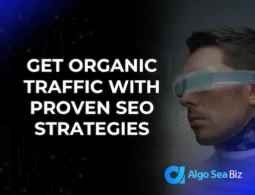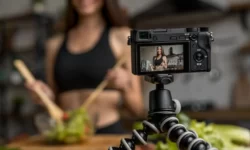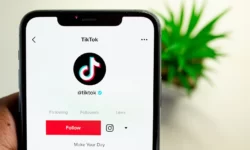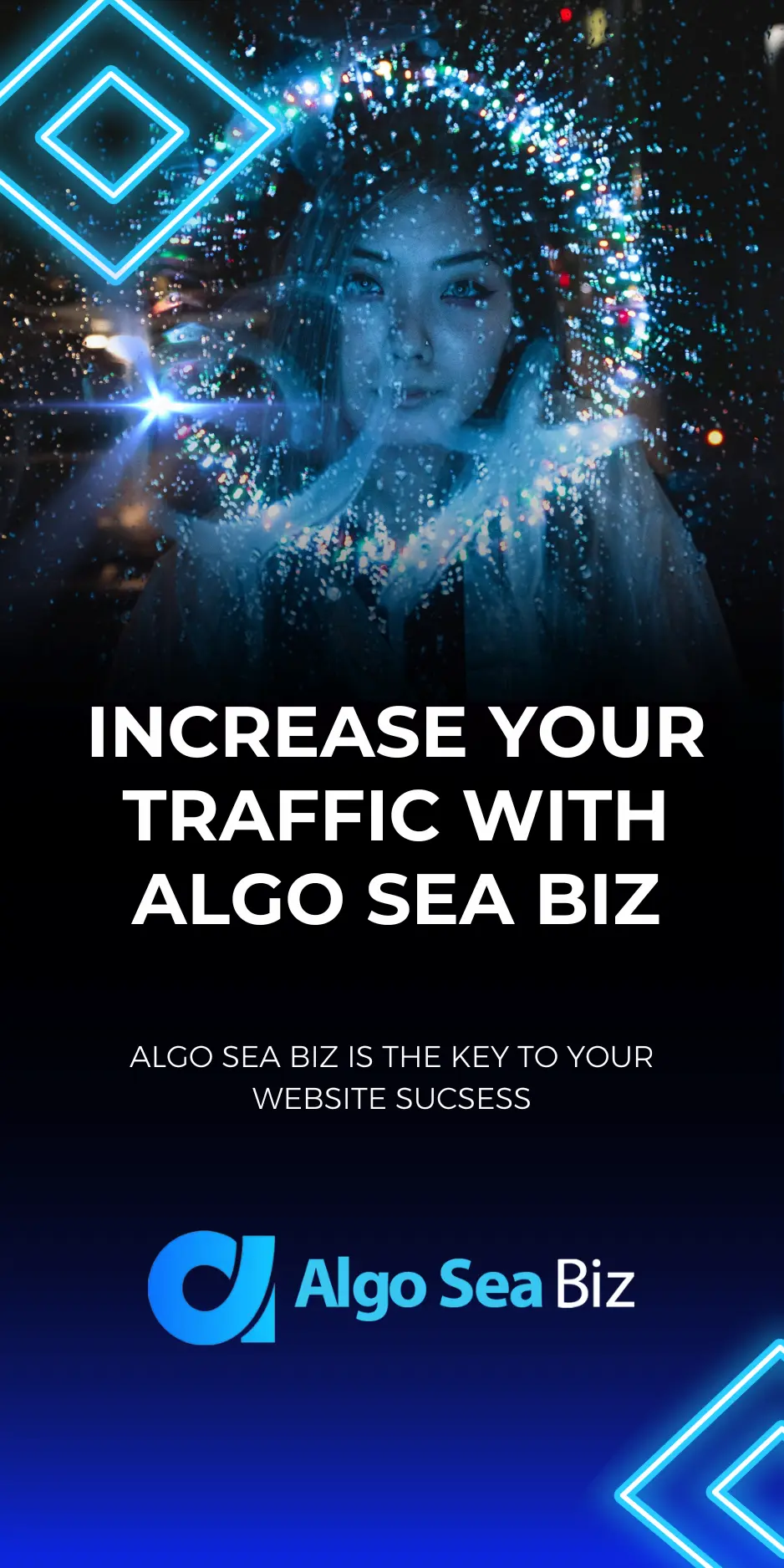Types of Social Media Marketing
Social media has undeniably transformed the way businesses interact with their audience, ushering in a new era of marketing. From its inception as platforms for personal connections, it has metamorphosed into a marketing behemoth where brands compete for attention in the digital space. This evolution underlines the utmost importance of social media marketing. For businesses looking to carve a niche in this saturated space, understanding the different types of social media marketing is not just beneficial; it’s imperative.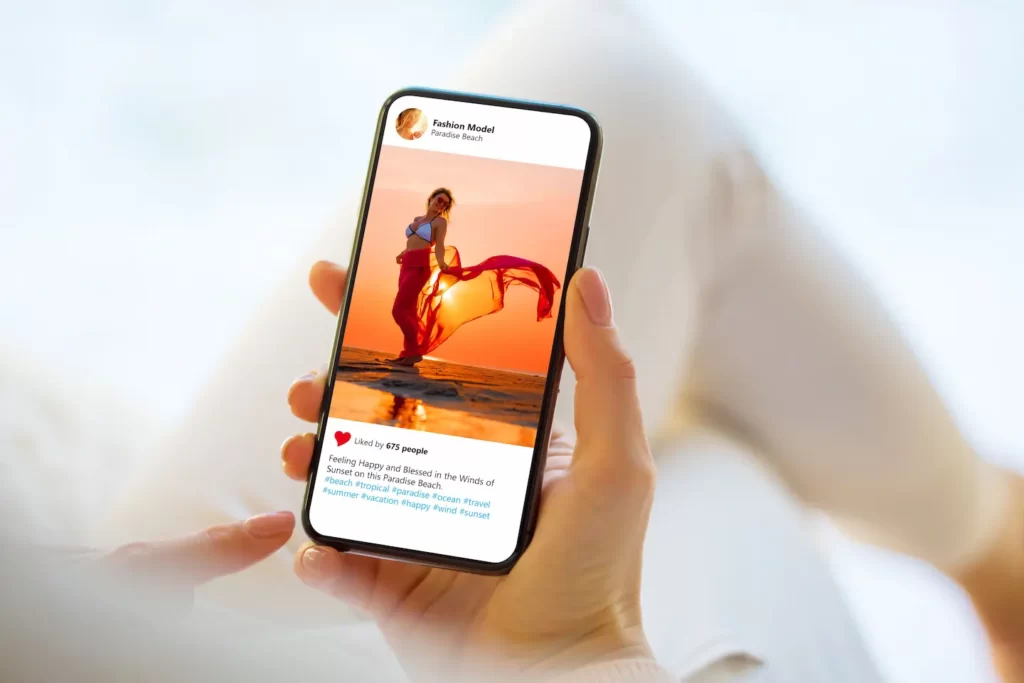
1. Content Marketing on Social Platforms
1.1. Definition and Importance
Content marketing, in the realm of social media, revolves around creating, publishing, and distributing content that is tailored for a targeted online audience. Its essence lies in providing value – be it informational, entertaining, or both. Unlike traditional advertising, content marketing focuses on building trust and nurturing relationships by offering consistent value.
1.2. Examples: Blog posts, articles, infographics
Social platforms are rife with varied content types. Blog posts and articles often find their place on platforms like LinkedIn or Facebook, where users are more inclined towards long-form content. Infographics, known for their visual appeal and easy digestibility, are popular across platforms, especially Pinterest and Twitter, offering quick insights on topics in a visually engaging manner.
1.3. Best Practices for Effective Content Marketing
Understand Your Audience: Tailor content that resonates with your target demographic.
Consistency is Key: Regular posting fosters trust and sets audience expectations.
Engage with Your Audience: Respond to comments and encourage feedback for a two-way interaction.
Optimize for Each Platform: Each social media has its quirks. Understand them and tailor content accordingly.
2. Influencer Marketing
2.1. What is Influencer Marketing?
Influencer marketing is a modern-day word-of-mouth strategy that leverages individuals with influence within specific niches to promote brands, products, or services. These influencers, due to their large or highly-engaged follower bases, have the power to affect purchase decisions.
2.2. The Different Scales: Micro vs. Macro Influencers
Micro-Influencers: These are individuals with a smaller follower count (typically between 1,000 to 100,000), but they boast a highly-engaged audience. Their niches are often very specific, and their endorsements feel more personal and genuine.
Macro-Influencers: With follower counts usually in the hundreds of thousands to millions, macro-influencers have a broader reach. They are often celebrities or well-known personalities in their domain. While they provide a wider reach, their endorsements might not be as personal as micro-influencers.
2.3. Benefits and Potential Challenges
Benefits:
- Authenticity: Influencer endorsements often come off as genuine recommendations rather than paid promotions.
- Targeted Reach: Influencers in specific niches can help brands reach their exact target demographic.
Potential Challenges:
- Finding the Right Match: Not every influencer will be a good fit for every brand.
- ROI Measurement: Gauging the exact return on investment can sometimes be challenging.
- Over Saturation: With the rising popularity of influencer marketing, there’s a risk of audience fatigue from excessive branded content.
With these strategies in place, businesses can navigate the vast ocean of social media marketing with a clear direction, maximizing their impact and fostering genuine connections with their audience.
3. Social Media Advertising
3.1. Overview of Paid Promotions
While organic reach is essential, there’s no denying the power of paid promotions in the world of social media. Unlike traditional content that relies on organic reach and shares, paid promotions, or social media advertising, ensures that your content gets in front of a specific audience, increasing visibility, and often, conversions. Whether you’re looking to increase brand awareness, generate leads, or drive website traffic, paid social media ads offer a strategic approach to achieve these goals.
3.2. Popular Platforms and Their Ad Types
- Facebook: Offers a variety of ad formats such as image ads, video ads, carousel ads, slideshow ads, and collection ads. Each is designed to cater to specific marketing objectives.
- Instagram: Beyond regular photo and video ads, the platform also offers Stories Ads, Explore Ads, and IGTV ads. These ad types capitalize on the platform’s visual nature to engage users.
- LinkedIn: Primarily targeting professionals, its ad types include Sponsored Content, Sponsored InMail, and Display Ads.
- Twitter: Promoted tweets, accounts, and trends are among the most popular ad types, catering to brands looking to increase visibility or promote specific campaigns.
3.3. Measuring ROI for Social Media Ads
Understanding the return on investment (ROI) for social media advertising is paramount. Platforms usually offer built-in analytics that provide insights into how the ads are performing in terms of engagement, click-through rate, and conversion. However, a comprehensive understanding of ROI goes beyond these metrics. Integrating these insights with website analytics, sales funnels, and customer feedback is crucial. This holistic approach ensures that businesses not only measure but optimize their ad strategies for maximum returns.
4. Video Marketing
4.1. The Rise of Video Content in Social Media
Video content has seen an unprecedented rise in popularity in the realm of social media. According to a report by Cisco, by 2022, online videos will make up more than 82% of all consumer internet traffic. The blend of visuals and sound, the ability to convey emotion, and the sheer versatility of video make it a favorite among both consumers and marketers. Moreover, algorithms of many social platforms now prioritize video content, making it an essential component in social media marketing strategies.
4.2. Live Streams, Webinars, and Short Video Clips
- Live Streams: Platforms like Facebook, Instagram, and LinkedIn allow brands to engage with their audience in real-time. Live streaming fosters a sense of community, authenticity, and immediate engagement.
- Webinars: These are often used for educational purposes, product launches, or expert discussions. They offer deep dives into specific topics and are incredibly valuable for B2B marketing.
- Short Video Clips: Platforms like TikTok and Instagram Reels champion short, engaging video clips that often go viral due to their entertainment value and brevity.
4.3. Platforms Dominating Video Marketing: TikTok, YouTube, Instagram Stories
- TikTok: The platform has revolutionized short-form video content, offering creators a plethora of tools to create engaging and viral content.
- YouTube: As the second largest search engine in the world, YouTube remains the king of long-form video content, from tutorials to reviews to vlogs.
- Instagram Stories: These ephemeral video clips offer brands a way to engage users with timely content, promotions, or behind-the-scenes glimpses.
With multiple options available in social media marketing, it’s imperative for businesses to strategize and capitalize on the formats that resonate most with their target audience. Each type offers unique advantages, and understanding them can significantly amplify a brand’s online presence and engagement.
5. Community and Relationship Building
5.1. Importance of Building Communities
In the vast world of social media, it’s not just about amassing followers; it’s about building communities. Active and engaged communities can transform an ordinary brand into a revered one. By fostering a sense of belonging, trust, and loyalty among followers, brands can cultivate an environment where consumers not only purchase but also advocate for their products or services. The true value of social media marketing often lies in these deep-rooted brand communities that drive long-term loyalty and organic growth.
5.2. Engaging with Followers: Q&As, AMAs, and Polls
Engagement is the key to community building. Through mechanisms such as:
- Q&As (Questions & Answers): Brands answer user queries in real-time, often seen on platforms like Instagram Stories or Facebook Live.
- AMAs (Ask Me Anything): Popular on platforms like Reddit, where a representative from the brand (or a celebrity endorser) answers questions from the community.
- Polls: Tools offered by many platforms, like Twitter and Instagram, where brands can gauge opinions or make decisions based on user votes.
By leveraging these tools, brands can create two-way conversations with their followers, fostering a sense of inclusivity and trust.
5.3. Platforms Ideal for Relationship Marketing
- Facebook Groups: Brands can create dedicated spaces for their most loyal followers, offering exclusive content, deals, or insights.
- LinkedIn: Especially for B2B brands, where networking and community discussions can lead to partnerships and deals.
- Twitter Chats: Scheduled, organized conversations around specific topics or hashtags that foster dialogue and networking.
6. Affiliate and Referral Marketing on Social Media
6.1. Basics of Affiliate Marketing
Affiliate marketing is a performance-based marketing strategy where brands reward affiliates (partners or promoters) for each visitor or customer brought by the affiliate’s marketing efforts. Especially popular among bloggers and influencers, this strategy leverages the trust an influencer has with their audience to drive sales. By integrating affiliate links within their content, they earn a commission for each conversion.
6.2. How Referral Programs Work
Unlike affiliate marketing, referral programs typically operate within the brand’s existing customer base. Customers are incentivized to refer the brand to their friends or family, often in exchange for discounts, freebies, or other rewards. When the referred individual makes a purchase, the referrer gets their reward. It’s a win-win situation: brands gain new customers, and existing customers get benefits in return.
6.3. Leveraging Social Media for Affiliate Promotions
Social media platforms have become the prime channels for affiliate marketing:
- Instagram: Influencers often incorporate affiliate links within their bio or use “swipe up” features in stories to promote products.
- Pinterest: Users pin affiliate product links, blending them seamlessly with other content.
- YouTube: Content creators embed affiliate links in video descriptions or directly within video content through annotations.
Social media’s expansive reach and the trust users place in authentic content creators make platforms like Instagram, Pinterest, and YouTube goldmines for affiliate and referral marketing. Brands that effectively harness these strategies can see a significant boost in sales and customer loyalty.
7. User-Generated Content (UGC)
7.1. What is UGC and Why is it Valuable?
User-Generated Content, or UGC, refers to any form of content, be it images, videos, text, or audio, that has been posted by users on online platforms, most notably on social media. This type of content is organic, raw, and resonates with authenticity. The true value of UGC lies in its genuine nature. People tend to trust peer reviews and personal recommendations over branded content. Thus, when users create and share content about a brand, it often holds more weight than the brand’s self-promotion.
7.2. Encouraging Users to Create Content for Brands
Brands can stimulate UGC in several ways:
- Contests and Challenges: Launching social media contests where users can share content for a chance to win.
- Hashtag Campaigns: Creating a unique brand hashtag and encouraging users to share content under that hashtag.
- Engaging Directly with Users: Appreciating and acknowledging users who share positive experiences with the brand, encouraging more users to do the same.
7.3. Reposting and Giving Credit: Best Practices
Reposting UGC is a great way to acknowledge the content creator and show appreciation. However, it’s essential to:
- Always Give Credit: Always tag and mention the original content creator. This not only shows appreciation but also ensures the brand adheres to copyright rules.
- Ask for Permission: Before reposting someone’s content, especially if it’s a personal image or story, always seek permission. This can be done through direct messages or comments.
- Engage with the Post: Once the UGC is shared, engage with it. Respond to comments, and foster a positive community spirit.
8. Conclusion
In the ever-evolving landscape of digital marketing, social media has proven to be a dynamic and powerful tool. From content marketing to UGC, the types of social media marketing are as varied as they are impactful. Each type offers a unique value, catering to different audiences and objectives. For businesses, the key is to blend these strategies, ensuring a multifaceted approach that covers all bases. With the rapid advancements in technology and the shifting dynamics of user behavior, it’s crucial for businesses to keep their fingers on the pulse, continuously exploring, adapting, and innovating in their social media marketing endeavors. Embracing these diverse strategies will pave the way for a brand’s sustained growth and success in the digital age.




